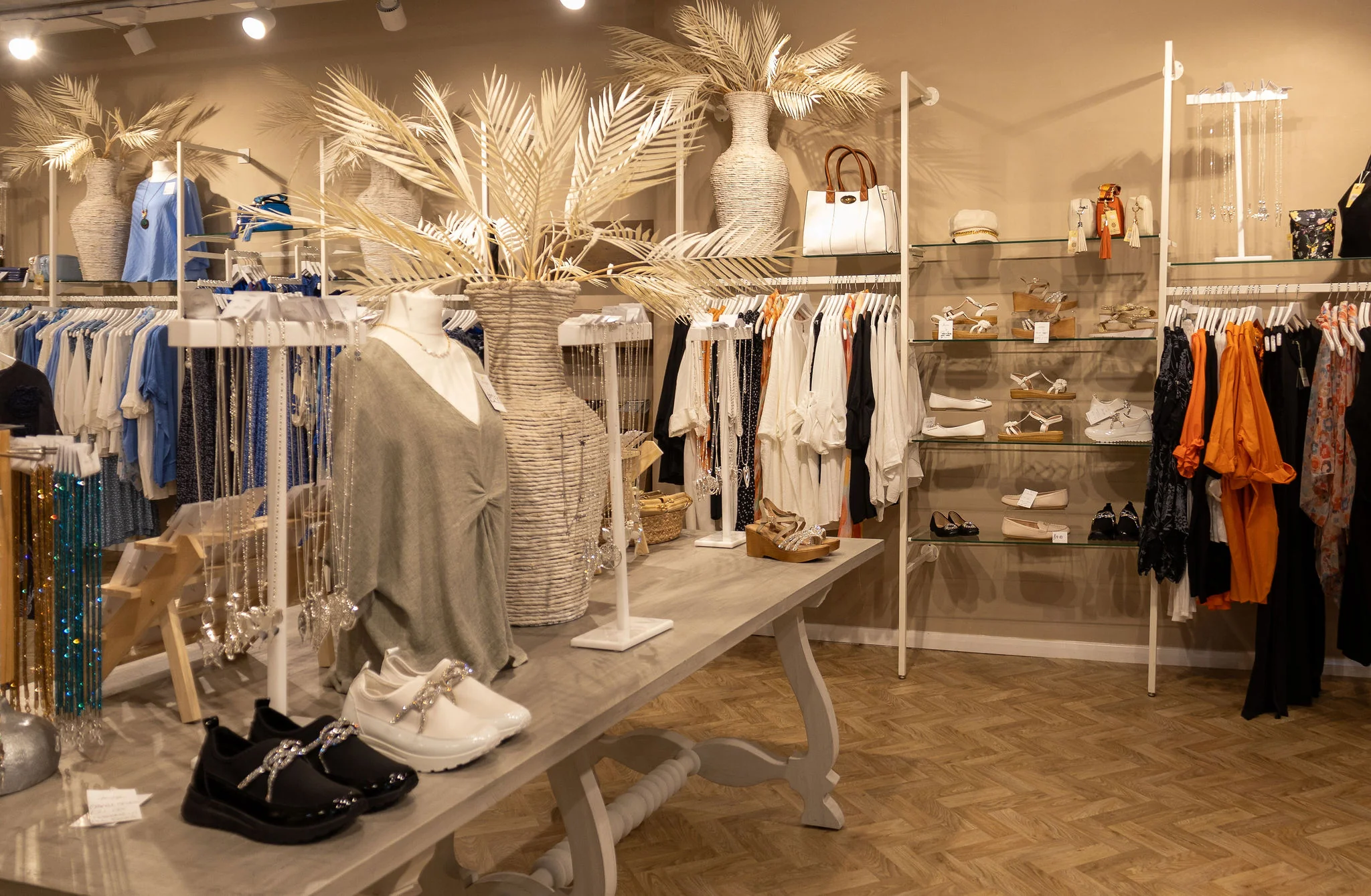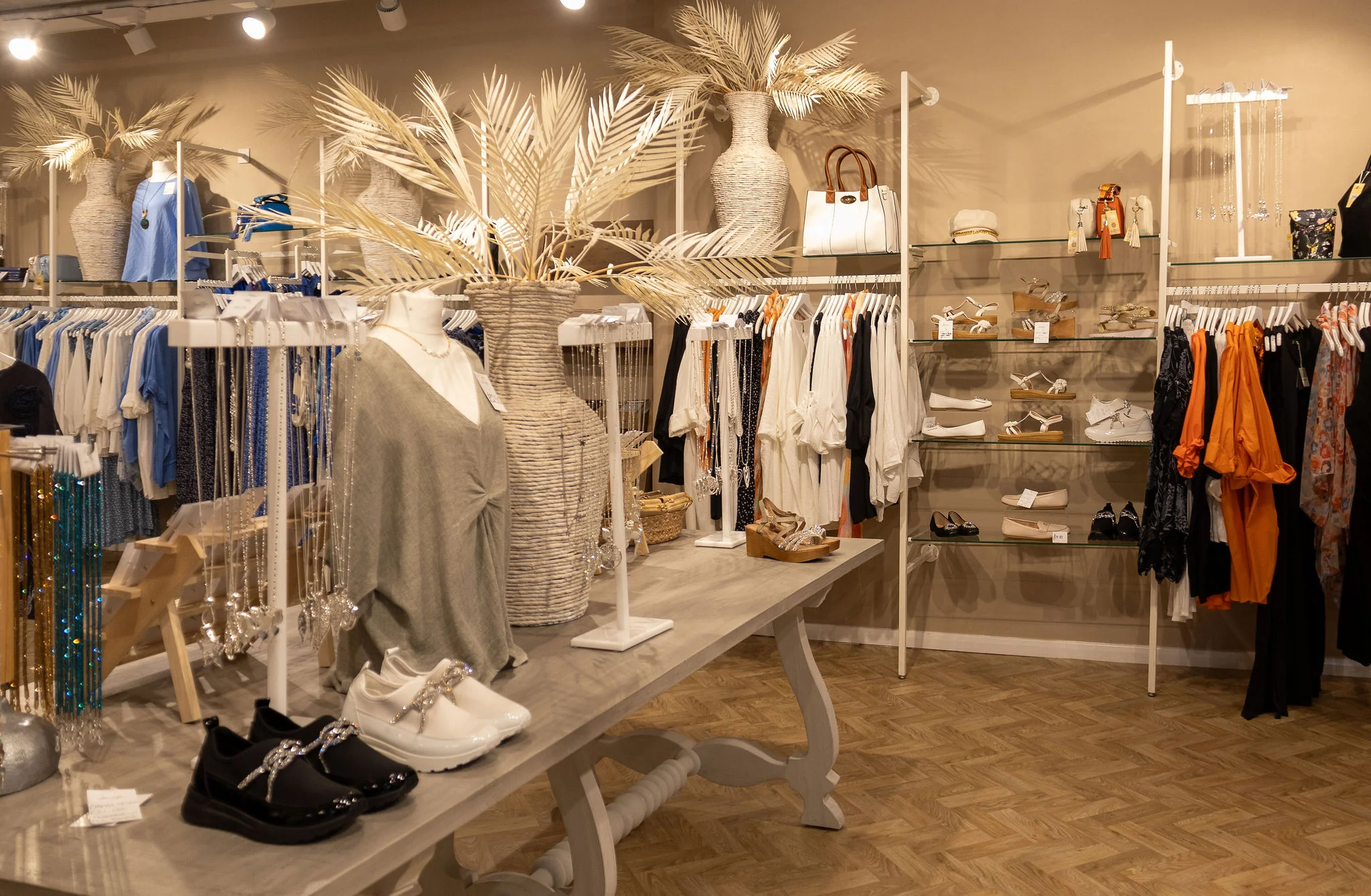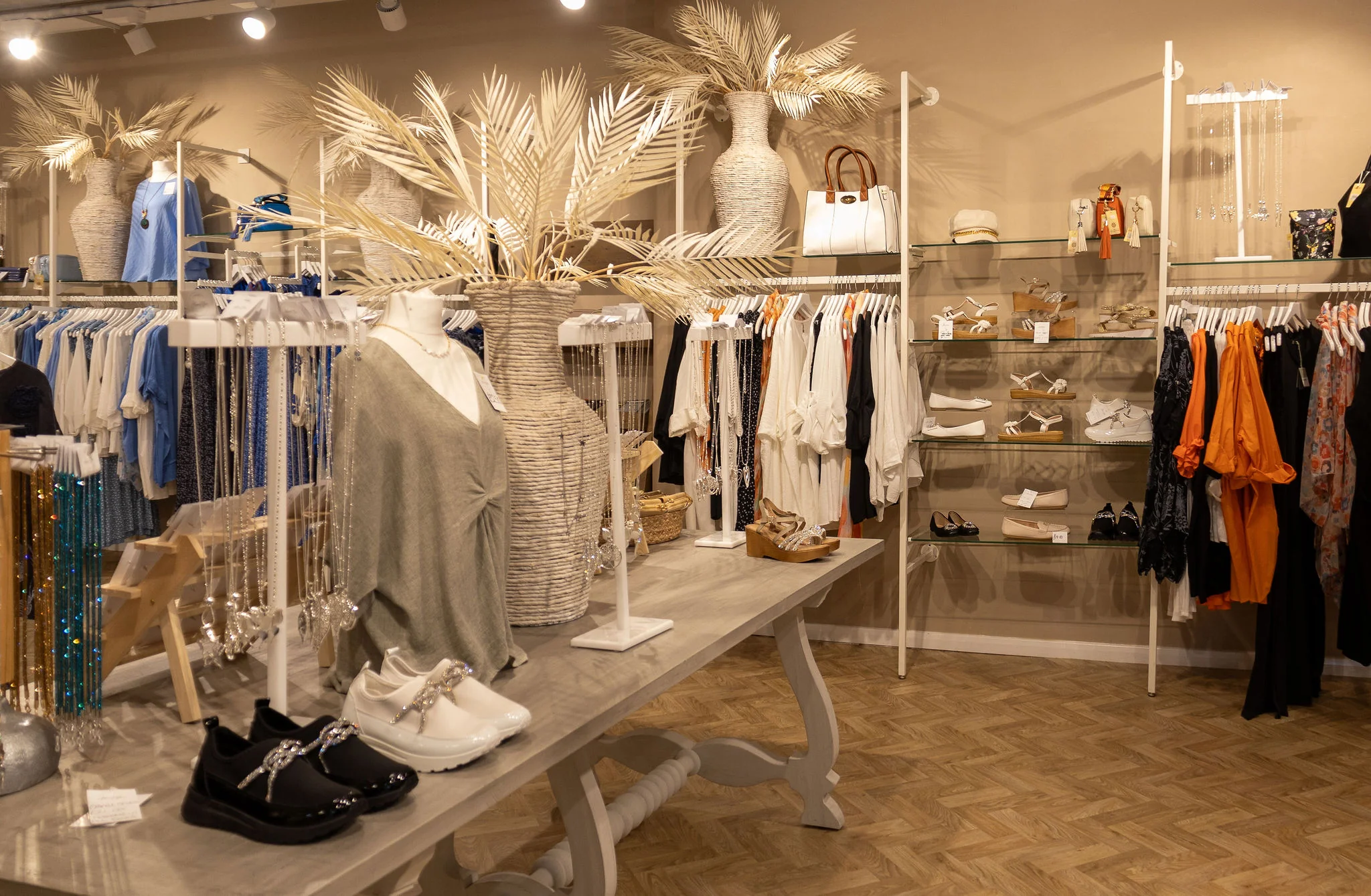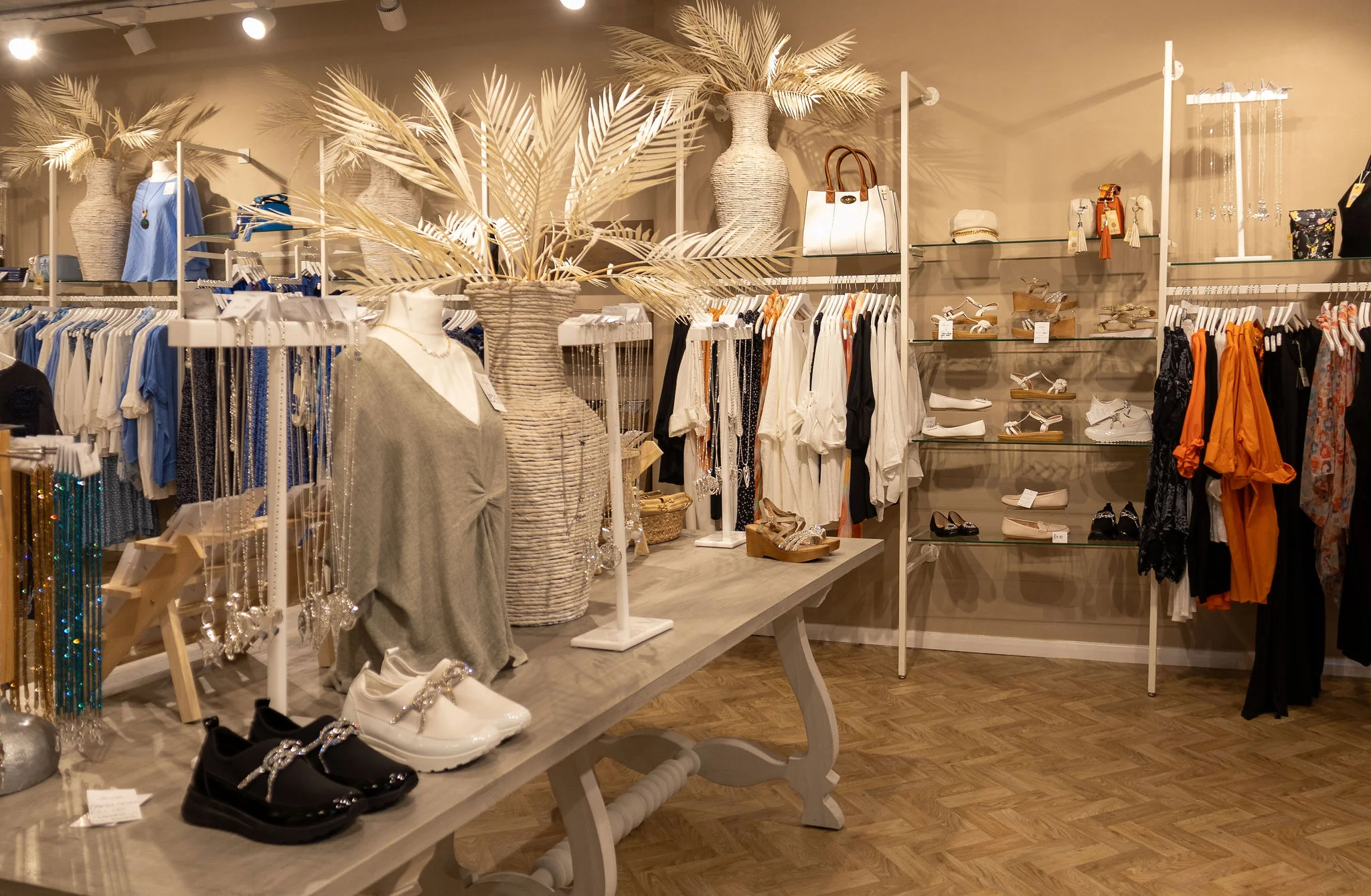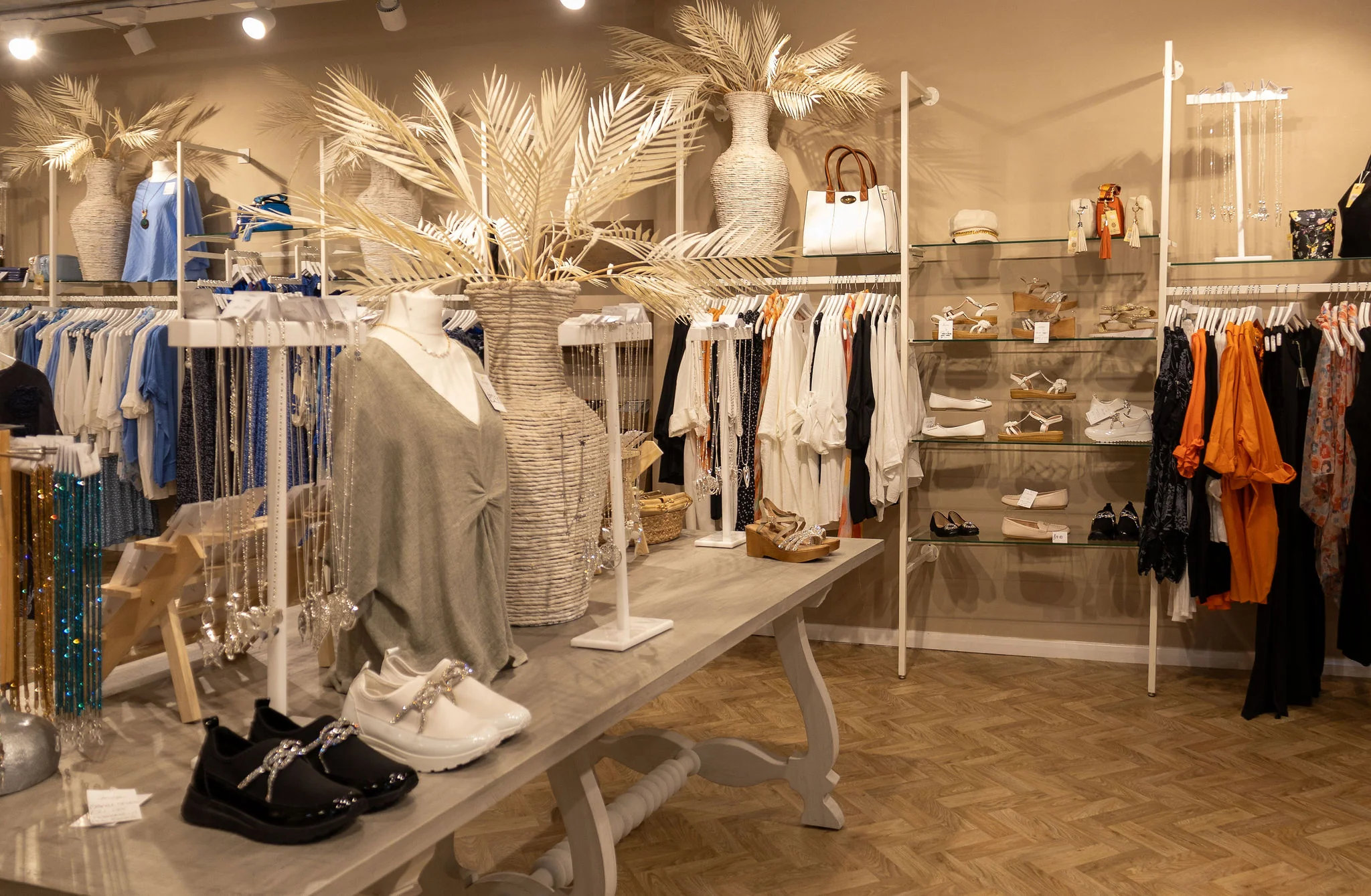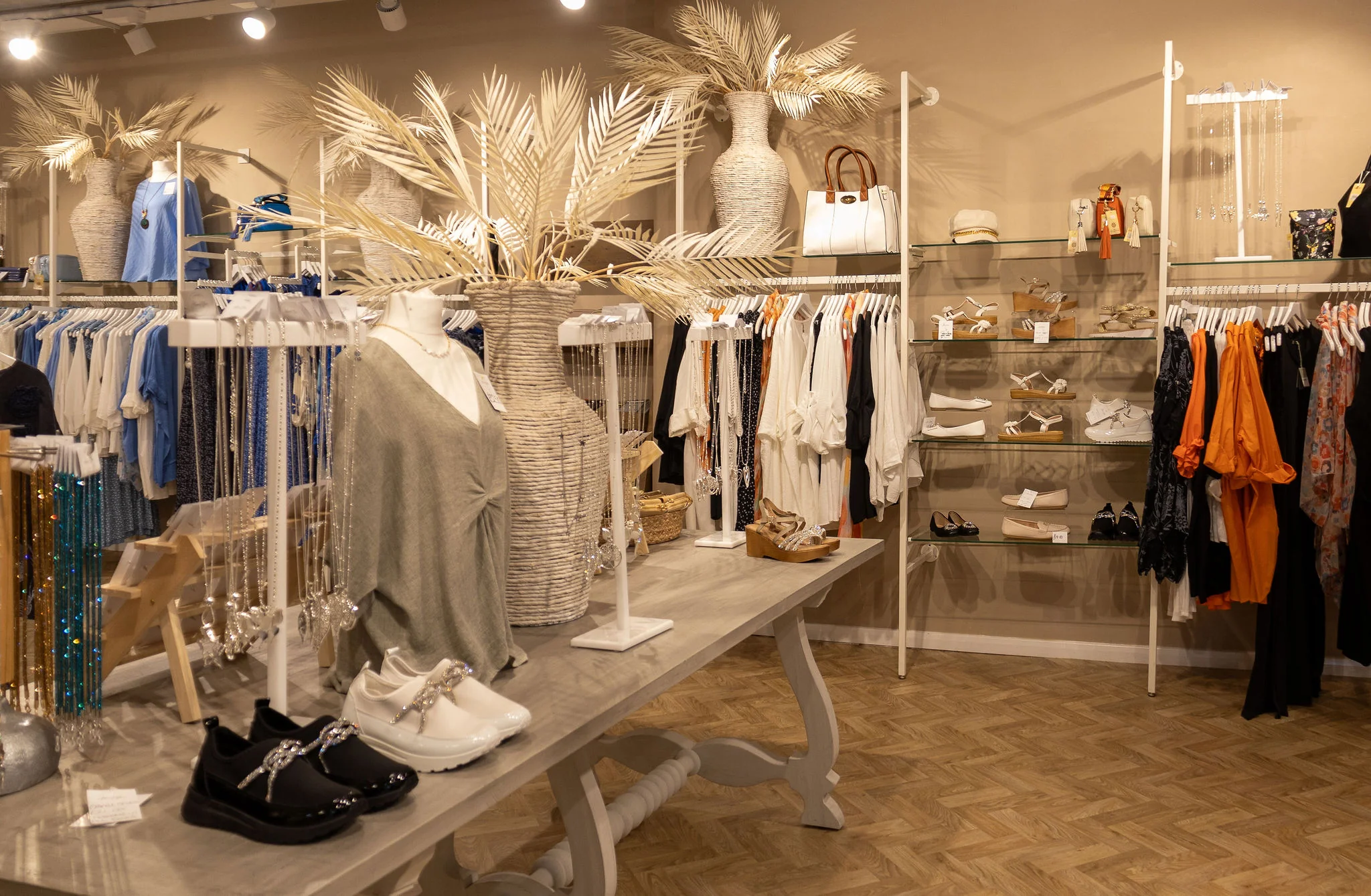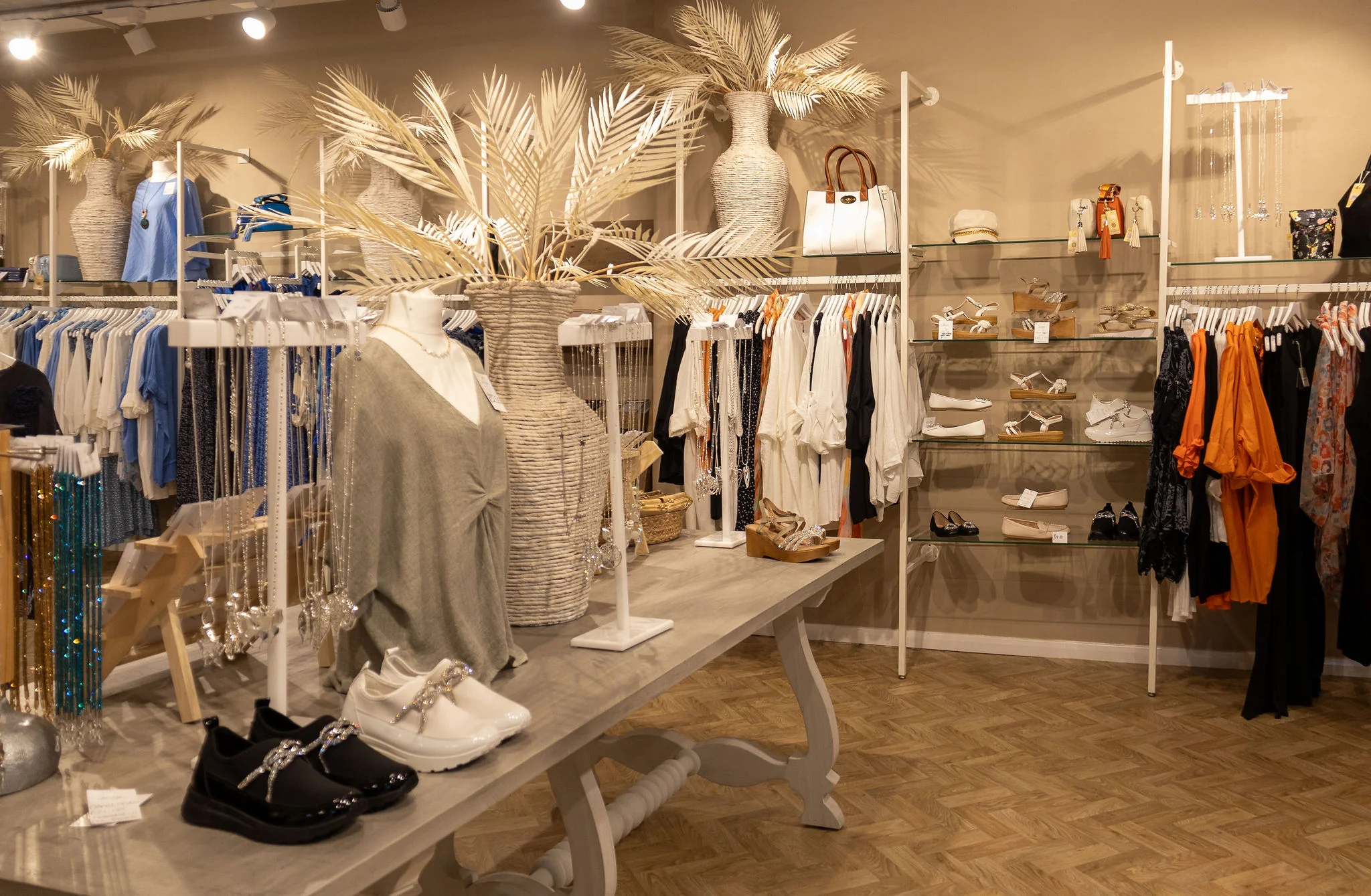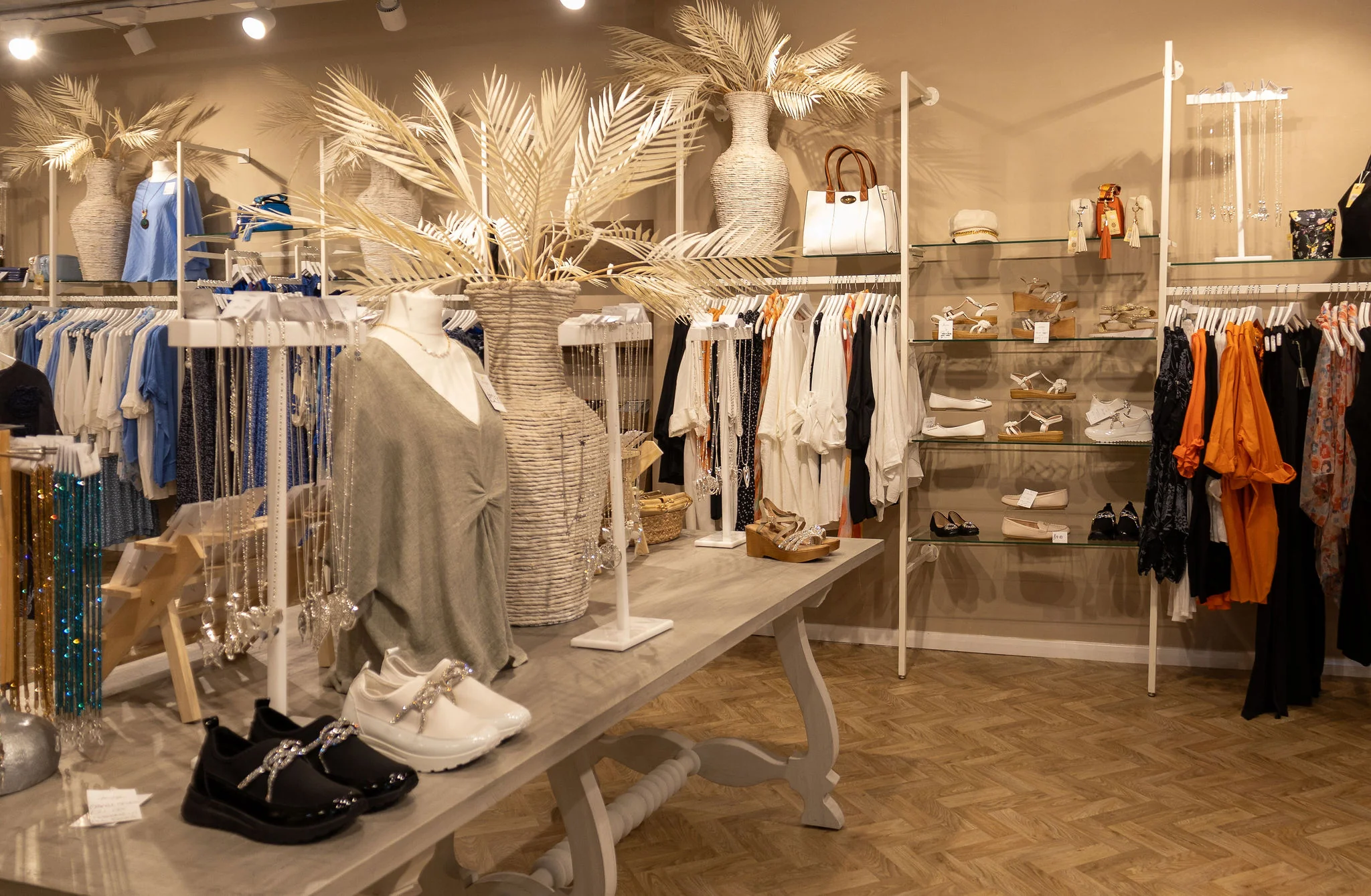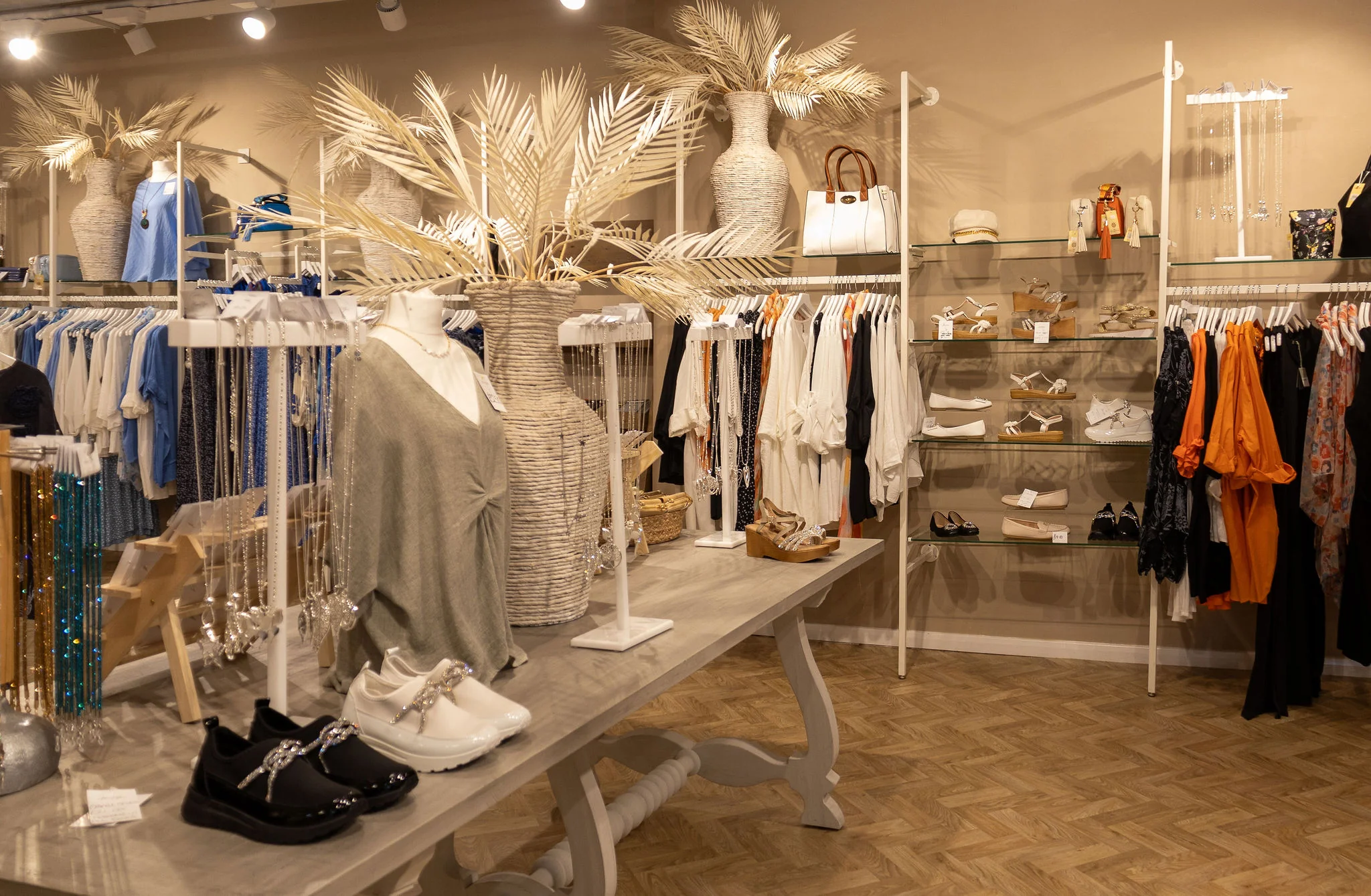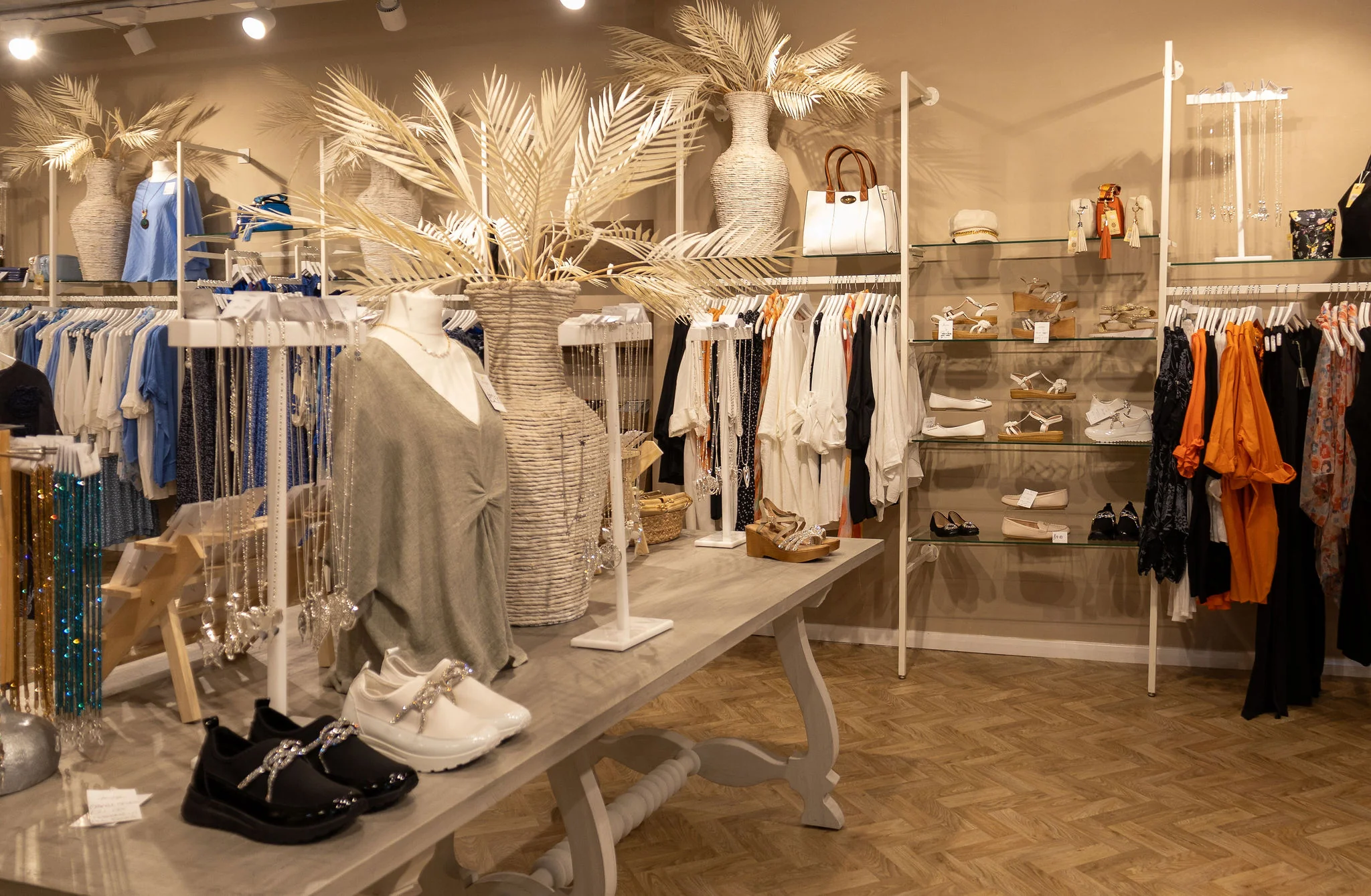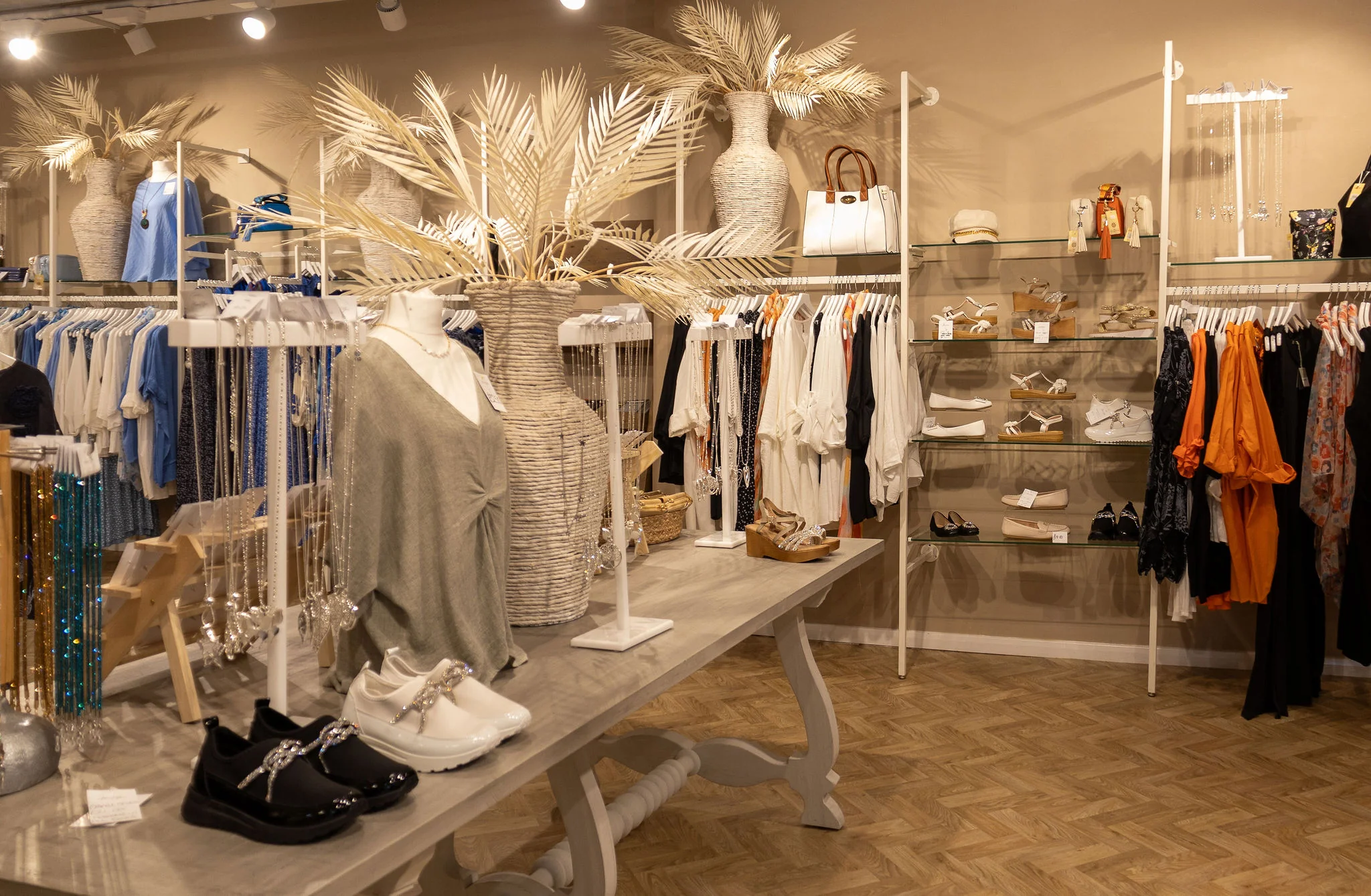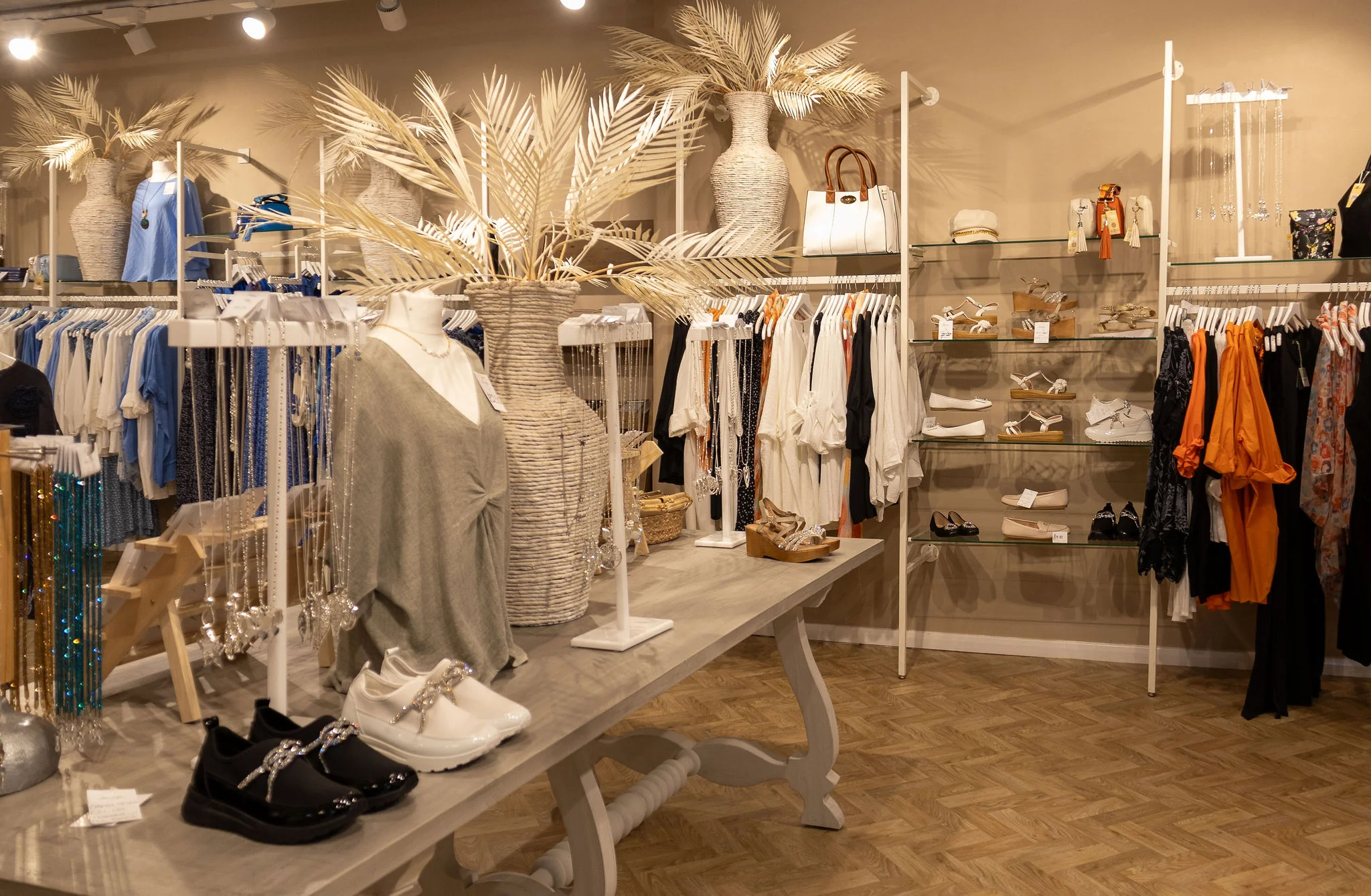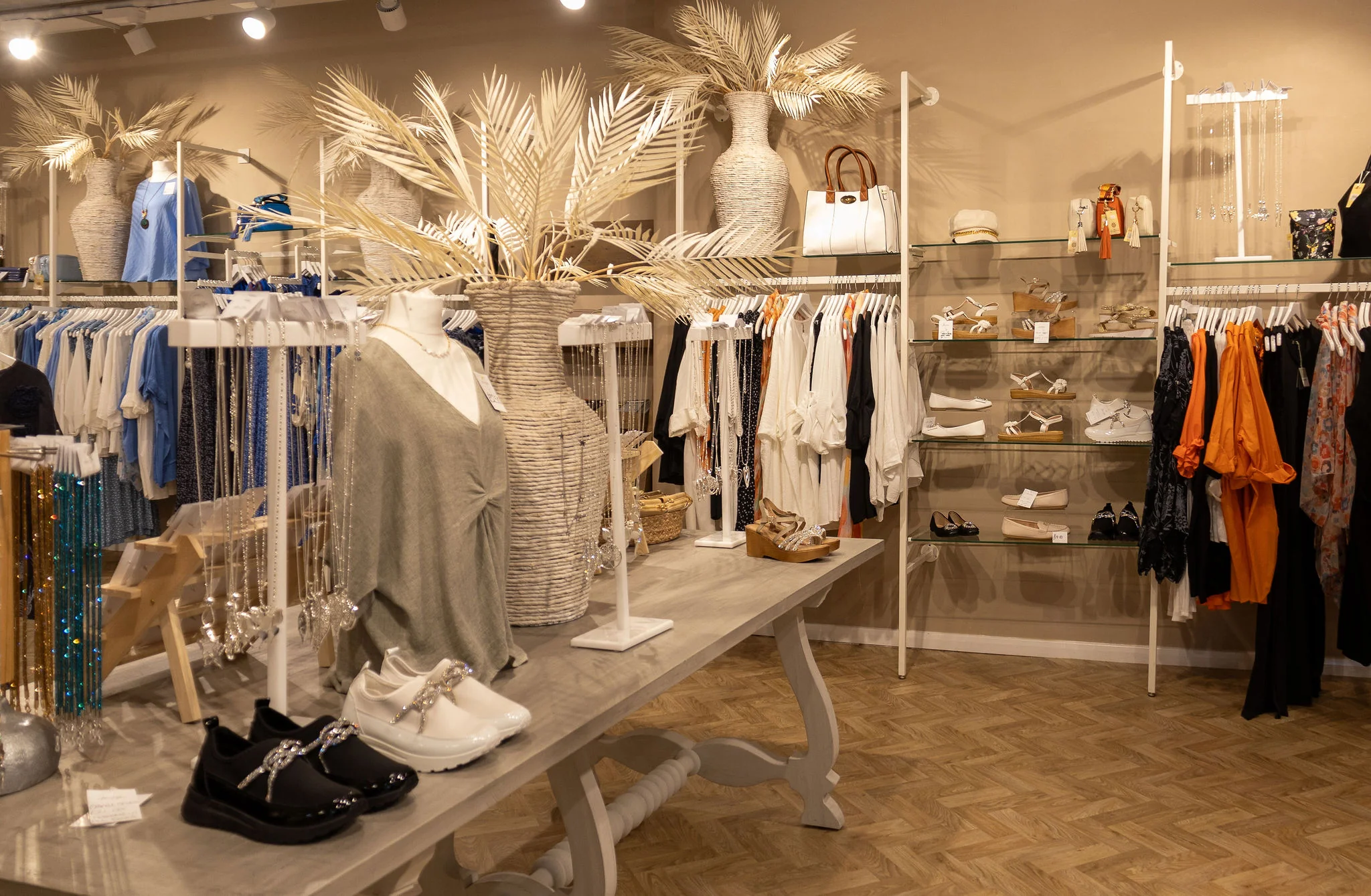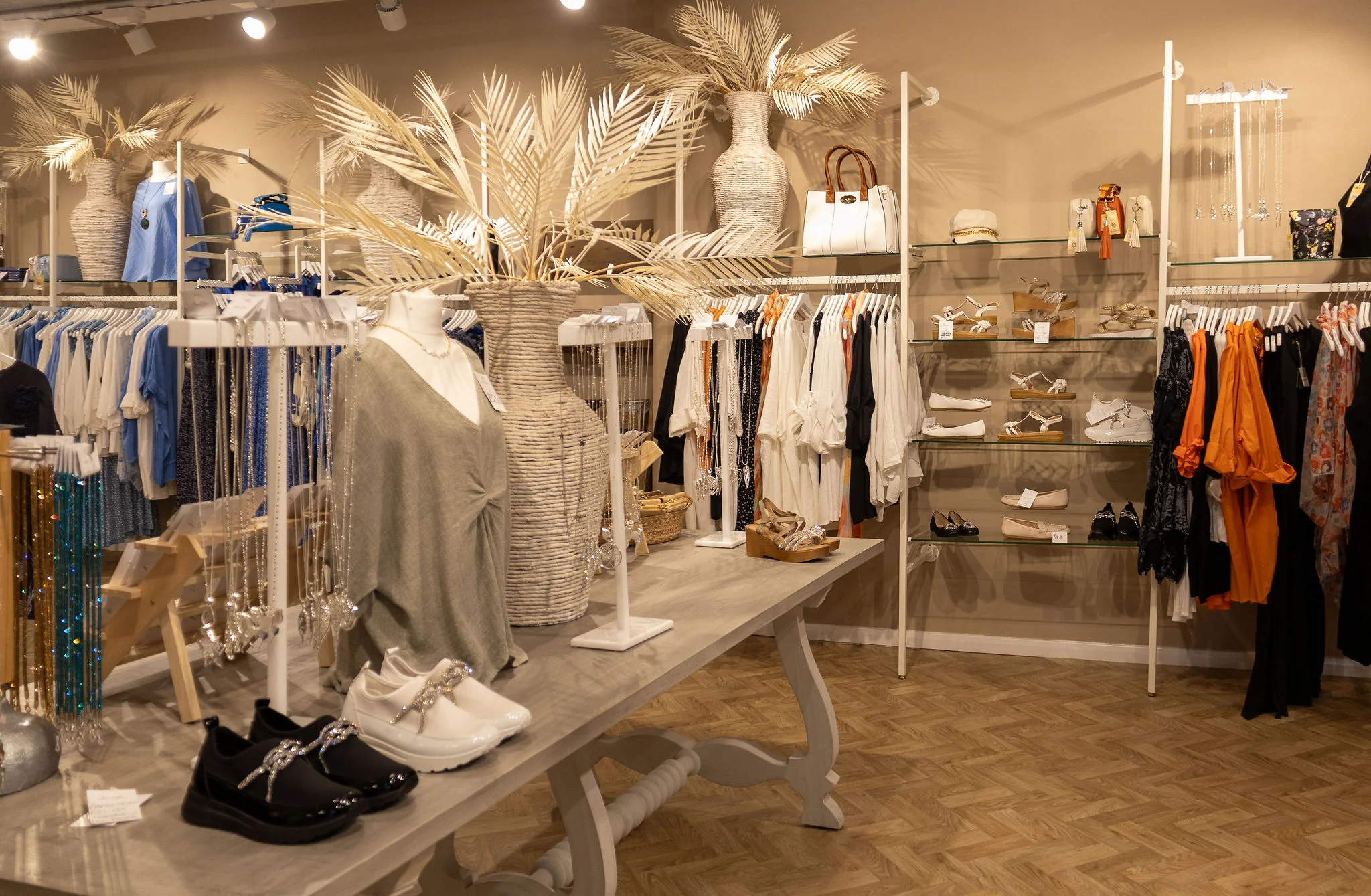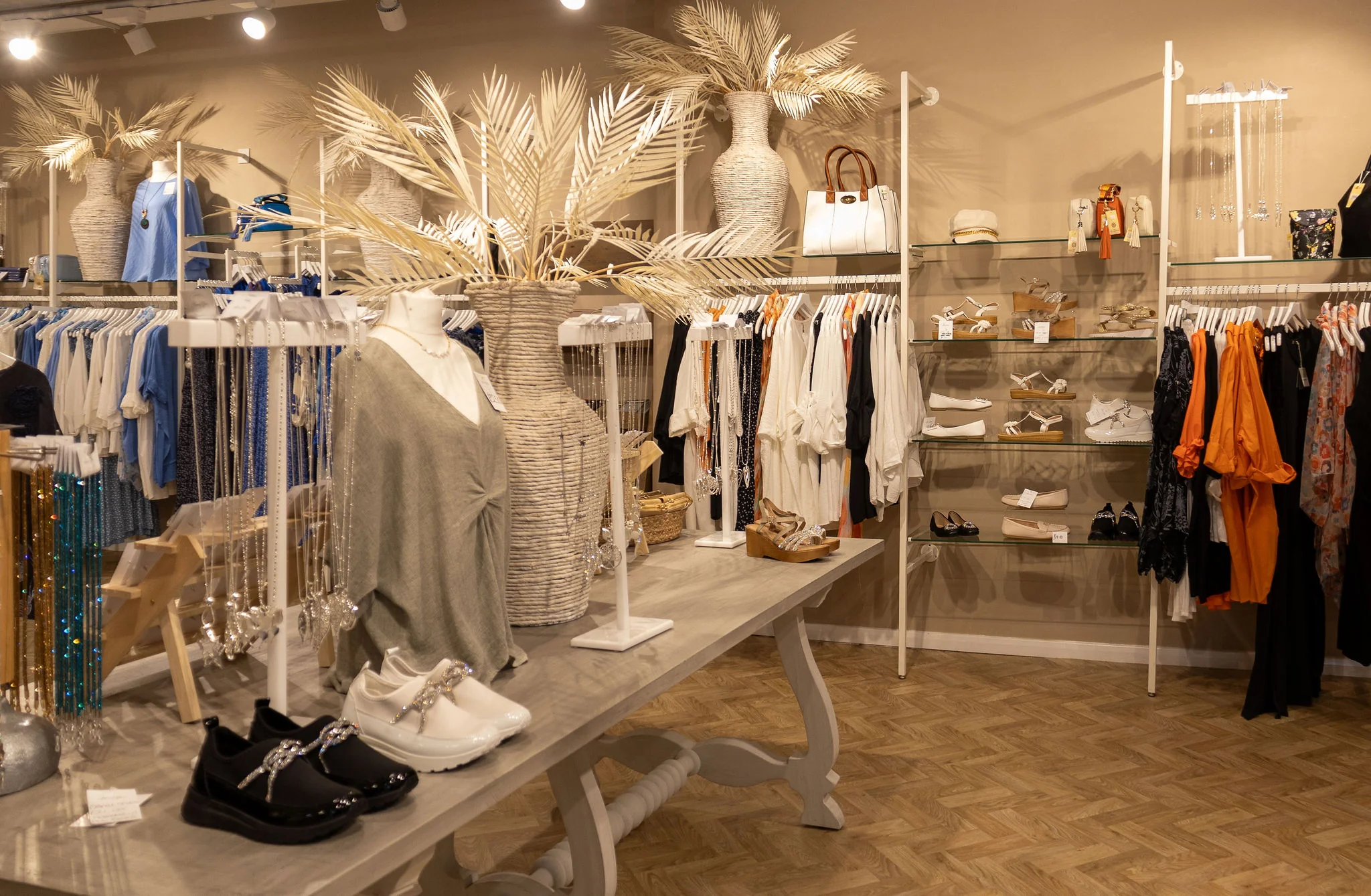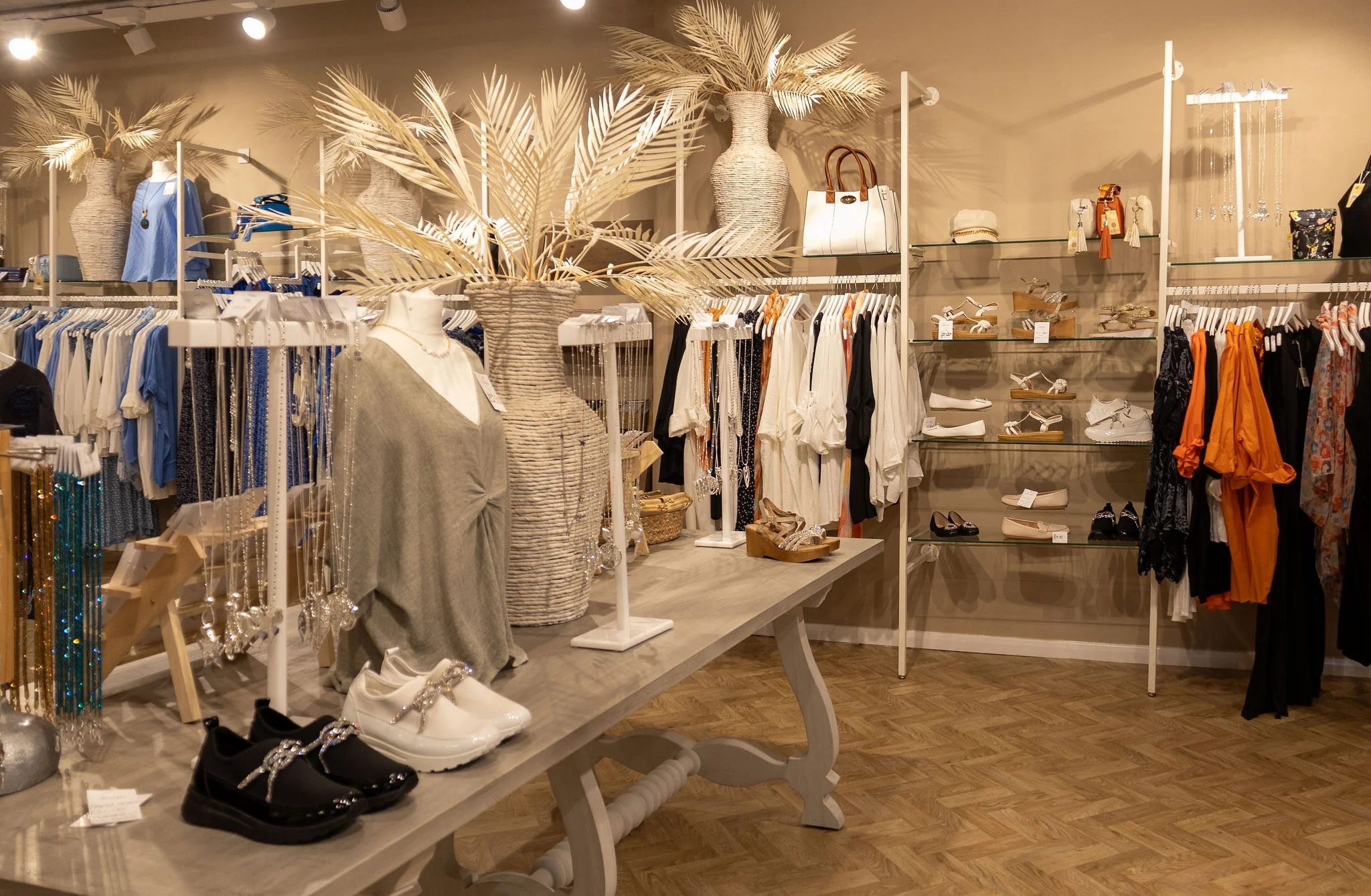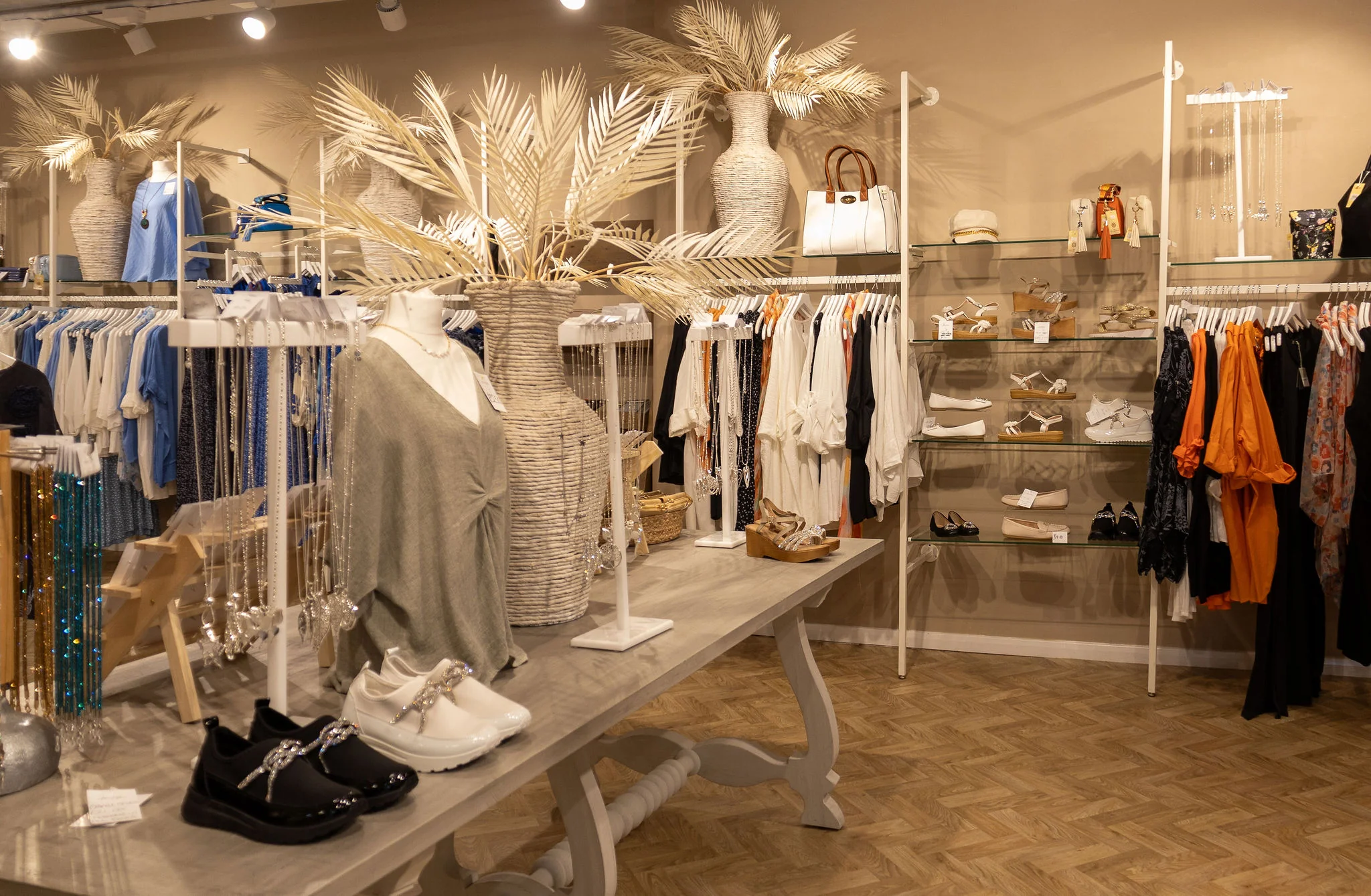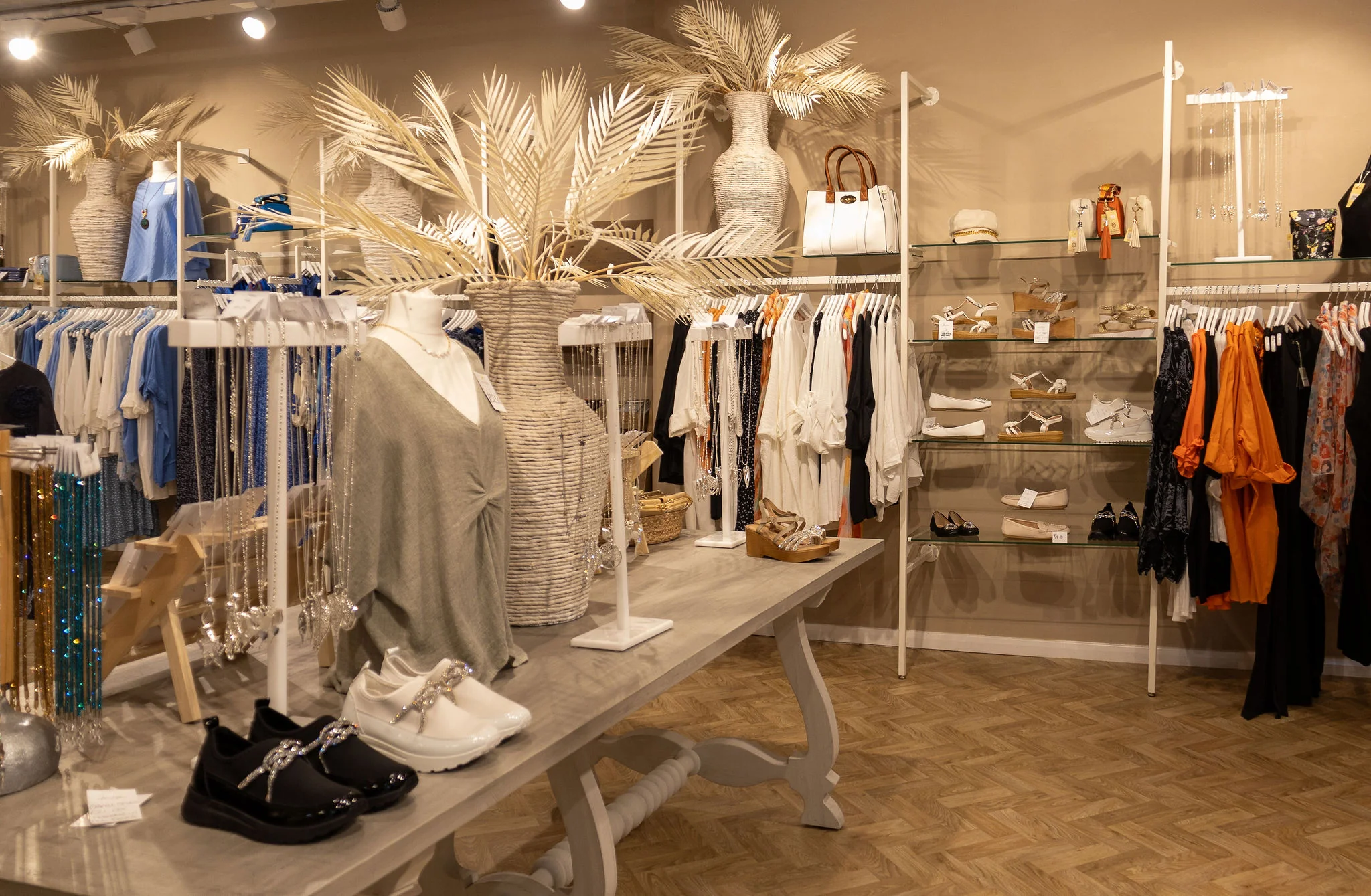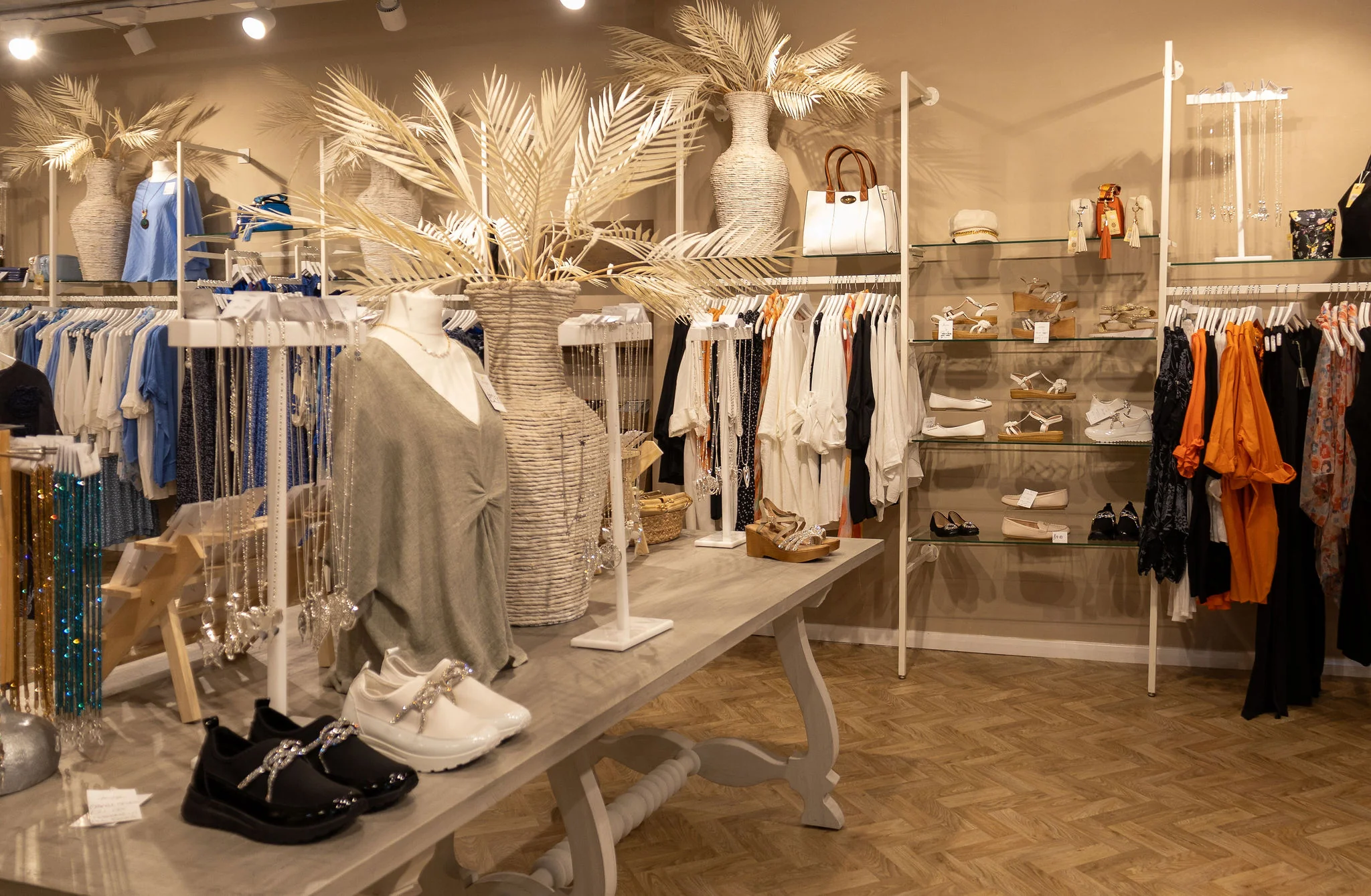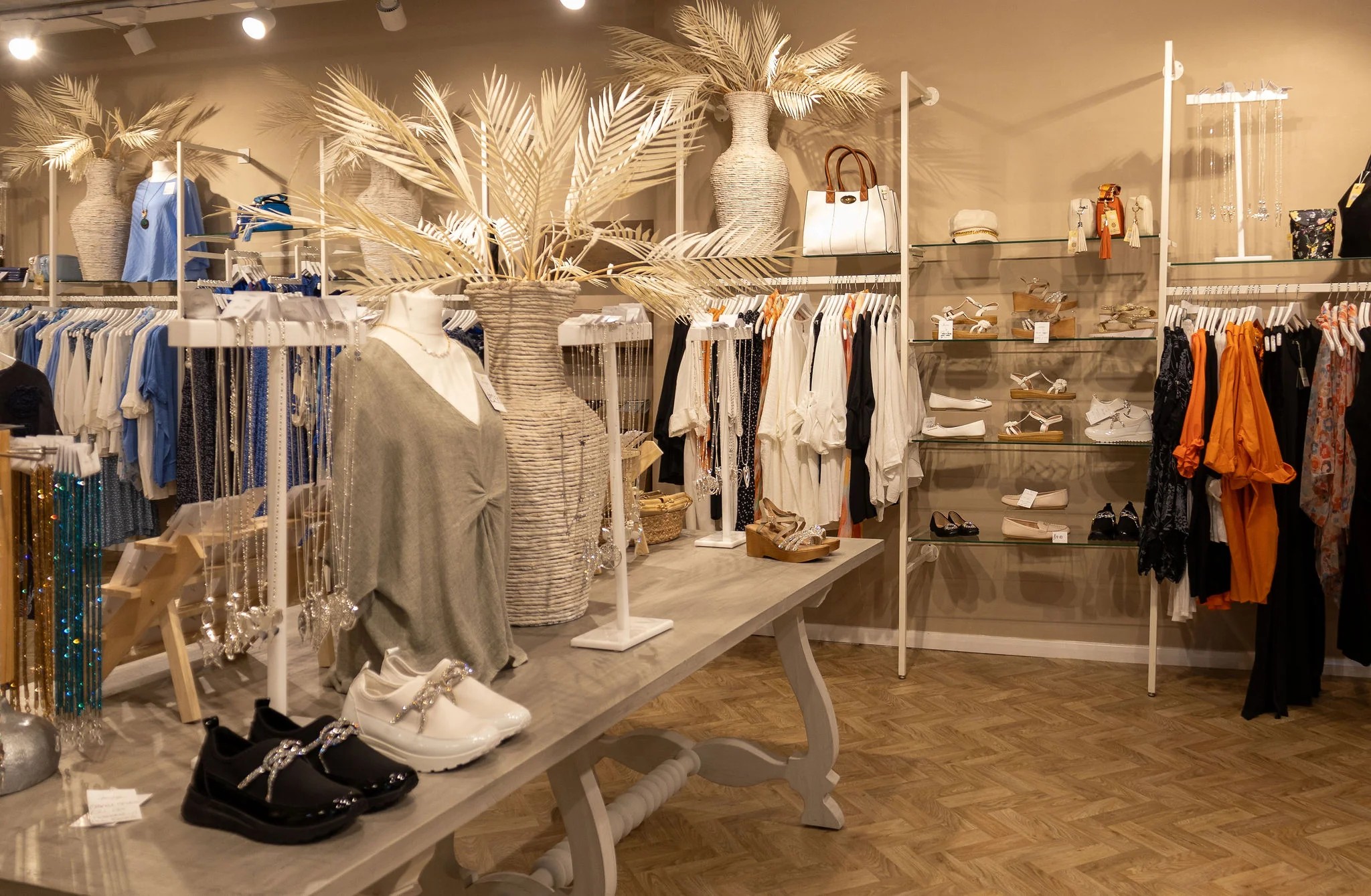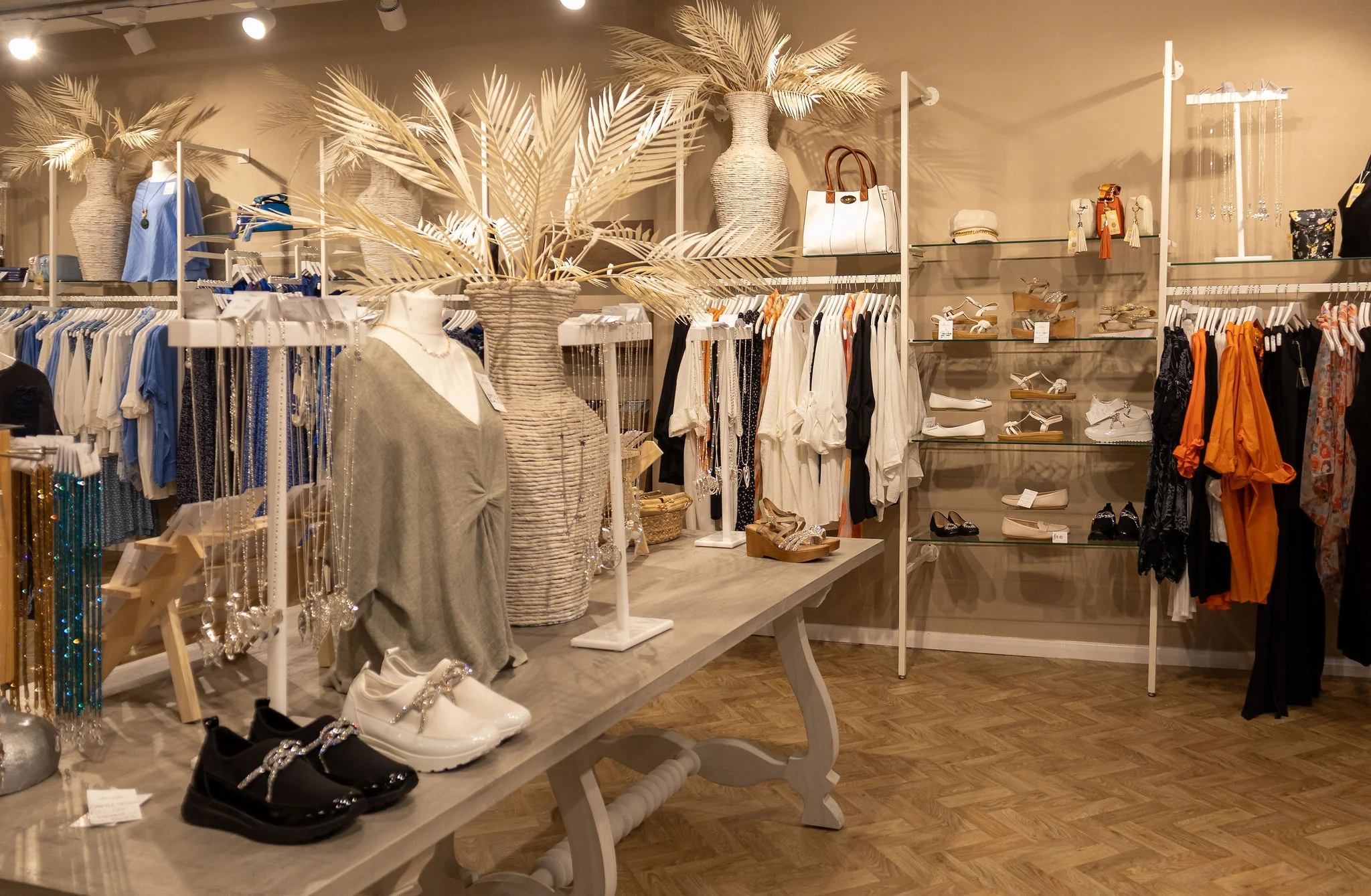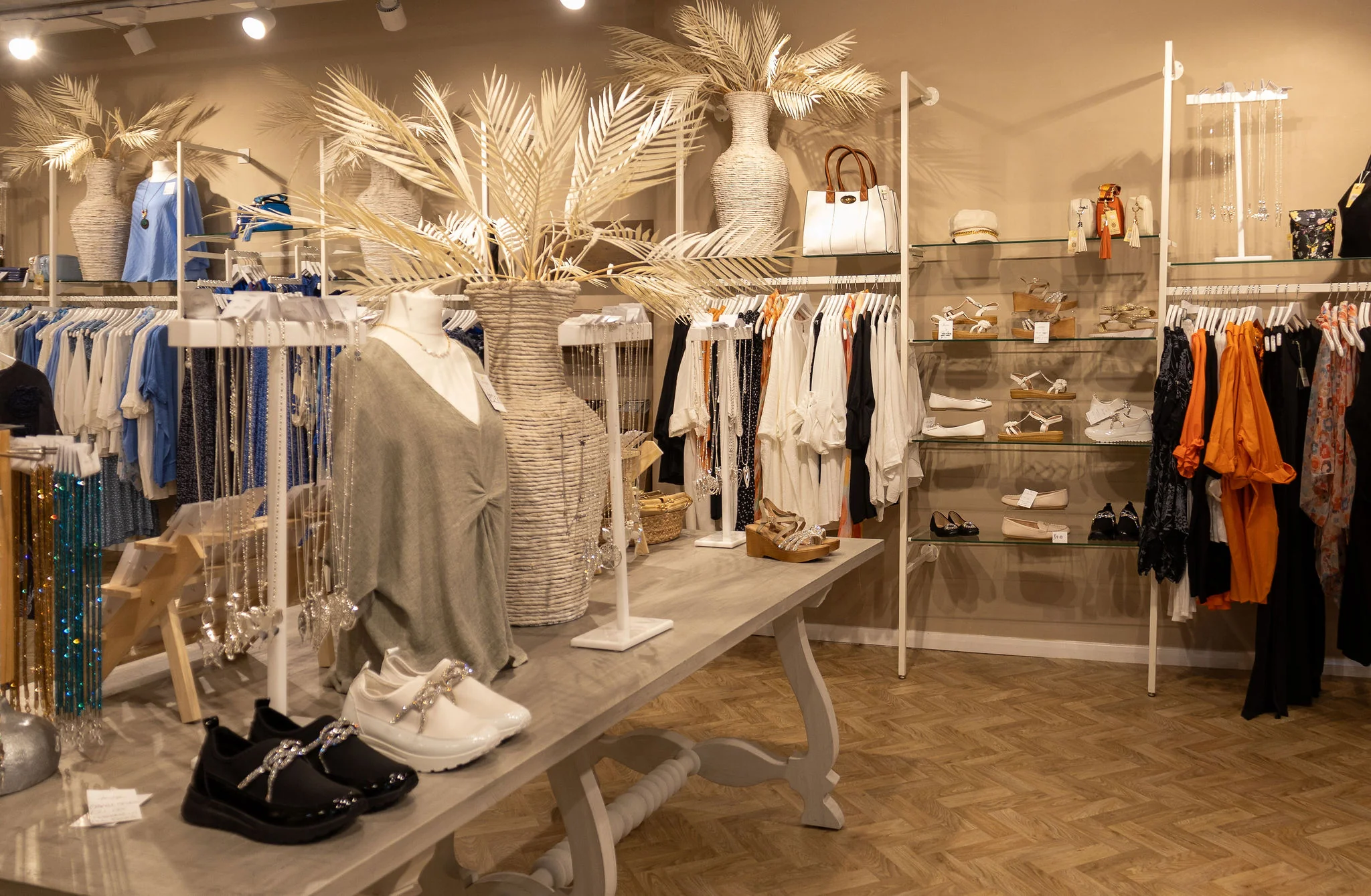Running a children's clothing shop comes with unique risks and challenges that standard retail insurance may not fully address. From …
Clothing Shop Contents Insurance: Essential Protection for Your Fashion Business
Running a clothing shop involves significant investment in stock, fixtures, and equipment. From the latest fashion collections to point-of-sale systems, your business contents represent substantial value that needs proper protection. Clothing shop contents insurance provides crucial coverage against the risks that could otherwise devastate your retail business.
What is Clothing Shop Contents Insurance?
Clothing shop contents insurance is a specialized form of commercial insurance designed to protect the physical assets within your clothing retail business. This coverage extends beyond basic stock protection to include fixtures, fittings, equipment, and other business contents that are essential to your daily operations.
Unlike standard commercial property insurance that focuses on the building structure, contents insurance specifically covers the moveable items within your premises. For clothing retailers, this distinction is particularly important as the majority of business value typically lies in stock and retail equipment rather than the building itself.
What Does Clothing Shop Contents Insurance Cover?
Stock and Inventory Protection
Your clothing inventory represents your largest investment and primary source of revenue. Contents insurance covers your stock against various perils including fire, theft, water damage, and vandalism. This includes seasonal collections, designer items, accessories, and any clothing held for sale or return.
Fixtures and Fittings
The physical elements that make your shop attractive and functional are covered, including clothing rails, display units, changing rooms, mirrors, lighting systems, and decorative elements. These items are essential for creating an appealing shopping environment and can be expensive to replace.
Equipment and Technology
Modern clothing shops rely heavily on technology for operations. Coverage includes point-of-sale systems, security equipment, CCTV systems, cash registers, computers, tablets, and any specialized equipment used for inventory management or customer service.
Furniture and Office Contents
Items such as desks, chairs, filing cabinets, safes, and other office furniture used in your business operations are protected. This extends to any furniture in customer areas, staff rooms, or back-office spaces.
Money and Cash
Limited coverage is typically provided for cash held on the premises, including money in tills, safes, or being transported to and from the bank. This protection is crucial for businesses that still handle significant cash transactions.
Alternative Accommodation Costs
If your premises becomes uninhabitable due to an insured event, contents insurance can cover the additional costs of operating from temporary premises, including increased rent and relocation expenses.
Key Risks Facing Clothing Shops
Theft and Shoplifting
Clothing shops are particularly vulnerable to theft, both from external shoplifters and internal theft. High-value items, designer goods, and easily concealed accessories make clothing stores attractive targets. Professional shoplifting rings often target fashion retailers, and the cumulative effect of regular theft can significantly impact profitability.
Fire Damage
Fire poses a severe threat to clothing shops due to the highly combustible nature of textiles and synthetic materials. A fire can destroy entire stock collections within minutes, and smoke damage can render remaining items unsaleable even if not directly affected by flames.
Water Damage
Burst pipes, roof leaks, or flooding can cause extensive damage to clothing stock. Water damage often affects more inventory than initially apparent, as moisture can spread through fabric and cause mold, mildew, or permanent staining that makes items unsaleable.
Seasonal Stock Risks
Clothing retailers face unique challenges with seasonal inventory. Damage to seasonal stock outside its selling period can result in total loss, as items may become obsolete before they can be replaced and sold.
Display and Storage Risks
The way clothing is displayed and stored creates specific vulnerabilities. Items on open display are more susceptible to theft and damage, while stored inventory may be affected by environmental conditions or pest damage.
Benefits of Clothing Shop Contents Insurance
Financial Security
Contents insurance provides essential financial protection against the high costs of replacing stock, equipment, and fixtures. Without adequate coverage, a single incident could force a clothing shop out of business due to the inability to restock or continue operations.
Business Continuity
Quick settlement of claims allows you to restock and resume trading promptly, minimizing the period of lost sales and maintaining customer relationships. This is particularly crucial in the fashion industry where timing and seasonal relevance are critical.
Comprehensive Protection
Modern contents insurance policies can be tailored to address the specific risks facing clothing retailers, including coverage for fashion shows, trunk shows, or off-site sales events.
Peace of Mind
Knowing your business contents are adequately protected allows you to focus on growing your business rather than worrying about potential losses from unforeseen events.
Factors Affecting Clothing Shop Contents Insurance Costs
Location and Crime Rates
Shops in high-crime areas or locations with higher theft rates will typically face higher premiums. Urban locations, particularly those with high footfall, may present increased risks but also higher values of stock.
Security Measures
Investment in security systems, including CCTV, alarm systems, secure storage, and electronic article surveillance (EAS) systems, can significantly reduce insurance costs by demonstrating risk mitigation.
Stock Value and Type
The total value of stock held and the type of clothing sold affects premiums. Designer goods, luxury items, and high-value accessories typically require higher coverage limits and may attract higher rates.
Business History
Your claims history and the length of time you've been in business influence pricing. Established businesses with good claims records typically receive more favorable rates.
Storage and Display Methods
How you store and display merchandise affects risk levels. Secure storage areas, proper environmental controls, and organized inventory management can help reduce premiums.
Choosing the Right Coverage Level
Accurate Valuation
Ensure your coverage limits reflect the true replacement cost of your stock and contents. Consider seasonal variations in stock levels and plan for peak trading periods when inventory values are highest.
Regular Reviews
Clothing businesses often experience significant changes in stock levels and values. Regular policy reviews ensure your coverage remains adequate as your business grows or changes direction.
Seasonal Adjustments
Consider policies that allow for seasonal adjustments to coverage limits, accommodating the natural fluctuations in stock levels throughout the retail calendar.
New for Old Coverage
Opt for new-for-old replacement coverage where possible, ensuring you can replace damaged items with current equivalents rather than receiving depreciated values.
Making a Contents Insurance Claim
Immediate Actions
In the event of damage or loss, secure the premises, contact the police if theft is involved, and notify your insurer immediately. Document the damage with photographs and preserve any evidence that may be required for the claim.
Inventory Documentation
Maintain detailed records of your stock, including purchase invoices, style numbers, sizes, and values. This documentation is crucial for substantiating claims and ensuring accurate settlement.
Professional Assessment
Your insurer may arrange for professional assessment of the damage and loss. Cooperate fully with assessors and provide all requested documentation promptly.
Business Interruption Considerations
If the loss affects your ability to trade, keep detailed records of lost sales and additional expenses incurred. This information may be relevant if you have business interruption coverage.
Risk Management for Clothing Shops
Security Systems
Invest in comprehensive security measures including burglar alarms, CCTV systems, and electronic article surveillance. These systems not only deter theft but can also reduce insurance premiums.
Staff Training
Train staff in theft prevention techniques, emergency procedures, and proper handling of merchandise. Well-trained staff can significantly reduce losses from theft and damage.
Environmental Controls
Maintain appropriate temperature and humidity levels to prevent damage to clothing from environmental factors. Proper ventilation and climate control protect against mold, mildew, and fabric deterioration.
Regular Maintenance
Implement regular maintenance schedules for equipment, fixtures, and building systems to prevent failures that could lead to claims.
Legal and Regulatory Considerations
Health and Safety Compliance
Ensure your premises comply with health and safety regulations, including fire safety requirements, emergency exits, and electrical safety standards. Non-compliance can affect insurance coverage.
Data Protection
If you collect customer data, ensure compliance with data protection regulations. Some contents insurance policies may include cyber liability coverage for data breaches.
Employment Law
Proper employment practices and staff training reduce the risk of internal theft and ensure compliance with employment regulations.
Industry-Specific Considerations
Fashion Cycles
The clothing industry's rapid fashion cycles mean that damaged stock may quickly become obsolete. Ensure your policy addresses the unique timing challenges of fashion retail.
Seasonal Variations
Clothing shops experience significant seasonal variations in stock levels and types. Your insurance should accommodate these fluctuations without leaving you underinsured during peak periods.
Supplier Relationships
Consider how insurance claims might affect your relationships with suppliers and whether your policy provides adequate support for maintaining these crucial business relationships.
Conclusion
Clothing shop contents insurance is an essential investment for any fashion retailer. The combination of high-value stock, attractive target merchandise, and the various risks facing retail premises makes comprehensive contents coverage crucial for business survival and success.
The key to effective protection lies in understanding your specific risks, choosing appropriate coverage levels, and working with insurers who understand the unique challenges of clothing retail. Regular policy reviews, combined with effective risk management practices, ensure your business remains protected as it grows and evolves.
Don't leave your clothing business vulnerable to the financial devastation that can result from uninsured losses. Invest in comprehensive contents insurance and protect the assets that are essential to your success in the competitive world of fashion retail.
For expert advice on clothing shop contents insurance tailored to your specific business needs, contact our specialist team today. We understand the unique challenges facing clothing retailers and can help you find the right coverage at competitive rates.


 0330 127 2333
0330 127 2333

